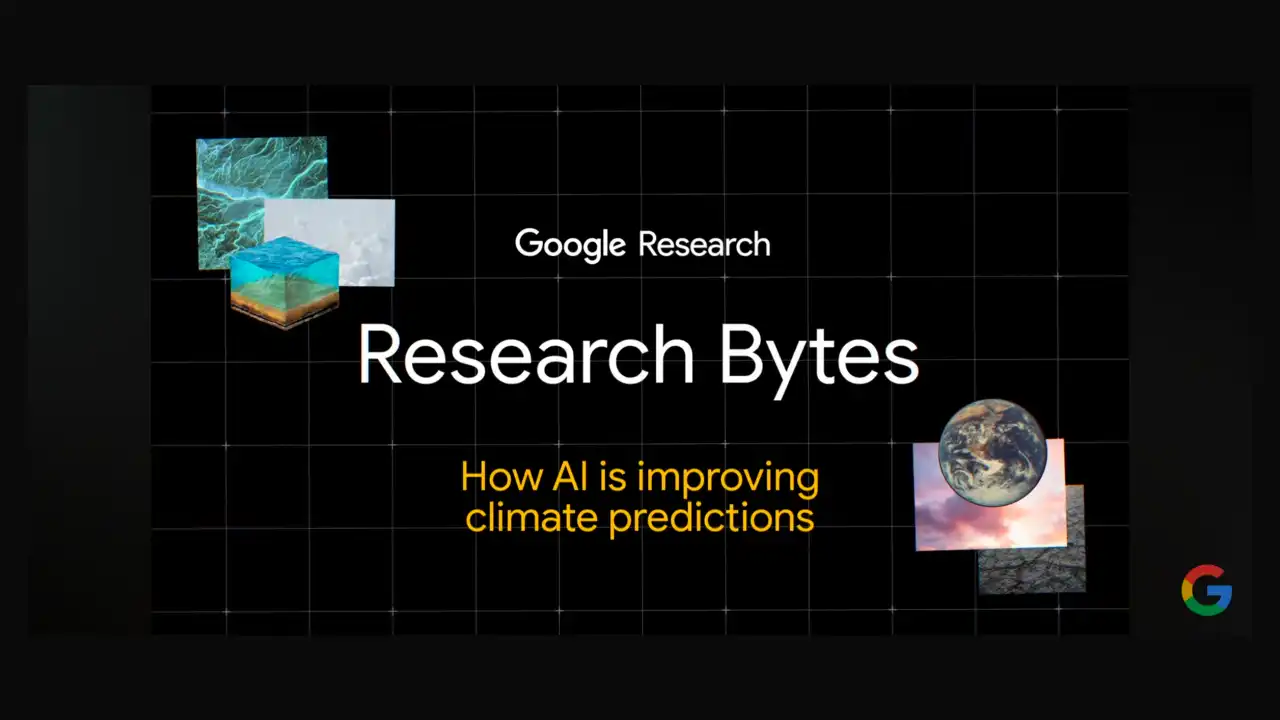Climate models are used in enhancing the quantification and forecasting of the climate on short-term, annual, decadal, and even centuries. Models explore to which extent the climate changes that have been witnessed may be attributed to either natural variations or human beings or it may be a combination of the two factors.
How do inaccuracies occur in conventional climate models?
In climate models, the complex processes that often are difficult to include or are numerically costly are usually approximated in some ways. For example, they might employ averaged values or approximate certain interactions; this, however, may not reveal the true behavior since the approximations are often not a perfect match of the actual conditions or events.
- Models function in terms of some spatial and temporal scale. Sub-psi processes, such as local weather or more detailed features of oceanography, may just be too small to be observed, which results in error-producing approximations.
- Defining sub-grid scale processes (those which cannot be simulated at a grid size level) are handled logically by a model using a parameterization – an estimation of the process. If these parameterizations do not hold well, then it distorts the actuality that is being projected through the model.
- The initial data with which the models work are the present-day empirical data along with the past empirical evidence. When initial conditions are not correct or comprehensive, they create an impact on the model’s forecasts.
NeuralGCM
Leading this kind of ingenuity is NeuralGCM; a model created by Google, which is a combination of conventional machine learning techniques with atmospheric physics. NeuralGCM is one of the new generation hybrid atmospheric models that combines the features of the classical General Circulation Models and neural networks for more accurate and efficient weather prediction and climate emulation.
Transforming Climatic conditions using NeuralGCM
Using NeuralGCM in weather and climate predictions, the above analysis once again shows that this hybrid approach could work for other fields as well. Researchers propose that similar integrations of machine learning with established techniques could advance AI applications in various areas, including:
- The principles shown by NeuralGCM could therefore be applied to speed up the discovery of new materials as the integration of machine learning with conventional experimentations is depicted. This integration might help to shorten and improve the efficiency of the identification of such materials.
- Current climate models even though advanced and represent an improvement over their earlier counterparts are still limited by factors such as inadequate knowledge of climate variability and the general limitations associated with such models.
- While they are good at large-scale processes, physical models fail to depict small-scale processes such as the formation of clouds which occur at scales smaller than the grid used and therefore are approximated.
When it comes to both weather and climate prediction, NeuralGCM, assessed by WeatherBench 2, performs well. At a 0. Resolution 7°, the deterministic model of NeuralGCM is recalled as comparable to the state-of-the-art model for up to 120h ahead. For the prolonged forecasts, the ensemble model at 1 4° resolution is higher than previous models and gives better accuracy.
It also performs better than other climate models; NeuralGCM does this to boot. Its 2. 8° deterministic model is 33% less accurate in temperature prediction during the period of forty years 1980 – 2020 than other models. Additionally, its 1. 4° model is 15-50 % less erroneous than higher resolution models such as X-SHIELD for the forecast of 2020 and accurately predicts the pattern of tropical cyclones establishing it as the best of ML climate prediction.
